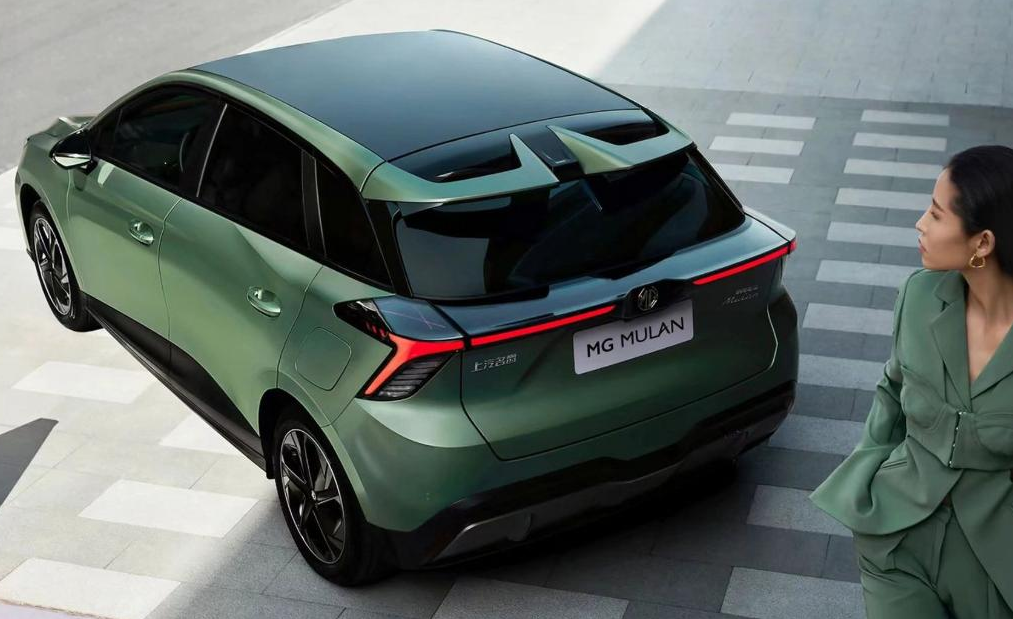China's EV Makers Seek to Bypass Europe's Energy Crisis
Advertisements
In recent years, the landscape of the global automotive industry has seen profound shifts, especially with the rise of electric vehicles (EVs). Europe, once the cornerstone of automotive excellence, now finds itself grappling with significant challenges in the face of China's booming new energy vehicle sectorWhile European countries strive to safeguard their native auto manufacturers from the fierce competition posed by Chinese brands, they are treading a fine line of imposing countervailing duties without completely severing trade tiesThis delicate balancing act reflects not only the struggles within the European automotive industry but also the strategic maneuvers of Chinese automakers looking to expand their influence globally.
At the heart of Europe's dilemma lies a complex conundrum of a declining automotive industry amid rising rivalry from ChinaAs of late October 2023, Europe has set anti-subsidy tariffs on Chinese vehicles within the range of 17% to 35%. This has led to intricate negotiations aimed at finding a compromise that could establish a minimum price for Chinese-made cars in Europe, designed to allow local manufacturers a lifeline
The German automobile industry association has sounded alarm bells, forecasting the loss of as many as 140,000 jobs in the sector over the next decade, a stark indicator of the impending turmoil.
Major players in the automotive sphere have not been immune to these downturnsFor instance, Ford plans to reduce its workforce in Europe by 4,000 jobs, while Audi has announced a 15% cut in its non-core positionsMercedes and Porsche are also embarking on extensive cost-cutting measures, slashing billions from their budgetsThe situation for suppliers is even more dire; companies like Bosch have already cut over 10,000 positions, and Schaeffler similarly has downsized by thousandsSuch massive layoffs strike at the core of manufacturing jobs, particularly in nations reliant on a robust industrial economy—a move that undoubtedly takes a heavy toll on the very foundation of Europe’s economic strength.
However, imposing tariffs alone is not a panacea for Europe's challenges
- The AI Luminescence of a Spectral Chip
- Gold and Silver Soar to Expectations
- U.S. Stocks Fall After 25 Basis Point Rate Cut
- Gold, Silver Seen Rebounding After Dip
- Solid-State Battery Hype: Three Points for Consideration
The root of the problem lies in Europe's lagging product competitiveness in the new energy sectorFor example, the SAIC Motor's MG4 has surged in popularity in European markets, climbing to a third-place ranking behind Tesla's Model Y and Model 3. The pricing comparison illustrates a striking disparity; while the MG4 retails for around 230,000 RMB in Europe, it starts at just 109,800 RMB in the Chinese market—more than a double differenceNotably, the specifications that may seem unremarkable within the Chinese market are yielding substantial success in Europe, signaling a critical gap in how European manufacturers are approaching electrification and consumer needs.
Furthermore, when analyzing the supply chain, Europe has yet to establish a comprehensive domestic battery production framework—an area where ambition exists, but execution faltersTake Northvolt, for example: founded in Sweden and initially backed with substantial investments from major players like BMW and Volkswagen, it still struggles with breakthroughs in battery technology and commercialization, leading it to bankruptcy restructuring in the U.S
Such systemic challenges highlight gaps in Europe's strategic planning and execution capabilities in the fast-evolving EV market.
Despite these challenges looming over Europe, the most telling aspect is how China's automotive enterprises are poised to break throughOne robust strategy to navigate these turbulent waters is leveraging the country's strong manufacturing base and elaborate supply chainWith China being the largest automotive market globally, it offers European firms undeniable business potentialEngaging in substantive talks with European stakeholders can pave the way for a mutually beneficial partnership where China can assert its strengths while aligning with Europe’s interestsNegotiations should be marked by firmness in defending China's interests without retreat on essential matters, fostering an environment where both parties can amalgamate their prowess into a dynamically integrated automotive landscape.
In pursuing global ambitions, another critical strategy for Chinese automakers involves a “surrounding cities from the countryside” approach, focusing on emerging markets with high growth potential

As Chinese cars gain a foothold in Southeast Asia, Africa, and South America, the opportunity to negotiate with Western markets grows palpably more robustSuch footholds not only enhance bargaining positions but empower Chinese auto brands with the confidence needed to tackle higher-end markets in Europe and the U.S.
For instance, in Southeast Asia, Chinese plug-in hybrid electric vehicles are showcasing a 30% energy savings over traditional Japanese gasoline vehicles, thereby capturing increasingly larger market sharesIn Brazil, Great Wall Motors successfully took over a facility from Mercedes, repurposing it to ensure an annual production capacity of up to 100,000 vehicles, with some models priced even higher than in ChinaSuch advances indicate that as Chinese brands solidify their presence in developing markets, their negotiating power when they eventually pivot back to engage with traditional markets will be greatly enhanced.
Ultimately, the extent to which the Chinese automotive industry can amplify its presence in less saturated rural markets will correlate directly with its future performance in vying for a piece of the lucrative urban conglomerate markets of Europe and North America